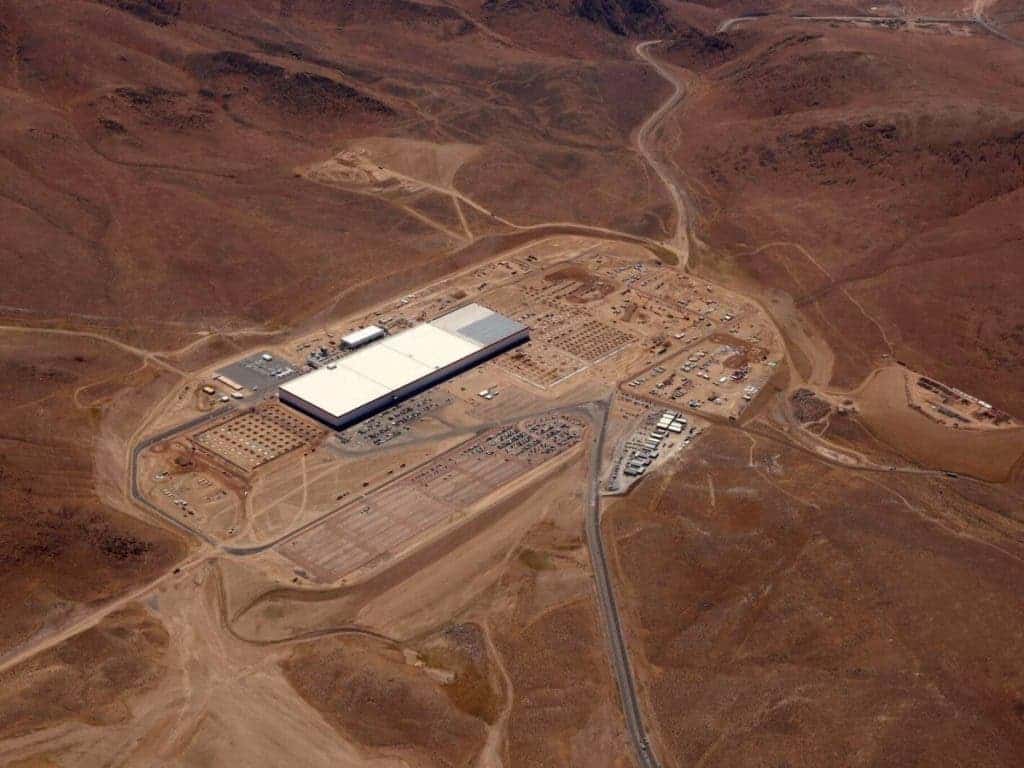
Tesla Motors has more than half a million pre-orders for its Model 3, a long-range $35,000 vehicle that promises to make electric cars stylishly mainstream. In order to meet this demand, CEO Elon Musk insisted that Gigafactory — a soon-to-be 15 million square feet lithium-ion production facility — is completed two years ahead of schedule. When ready in 2018, the company will produce more battery cells at its plant in its opening year than all of the lithium-ion battery makers combined created in 2013. The reason for such a massive deployment is simple: bring down costs by levering economics of scale. Initially, Tesla said Gigafactory would bring down battery cost by 30%. Now, in the latest company announcement, Tesla says Gigafactory is producing lithium-ion batteries that are 35% cheaper.
https://www.youtube.com/watch?v=0Us9AgX7iGA
Tesla never said how much it costs to make the batteries that get fitted inside its EVs but it did once state these cost ‘below $190/Kwh’. Fred Lambert from Electrek says a 35% cost reduction would imply Tesla is now making batteries for ‘less than $124’. This would make the 55 kWh battery pack soon to be deployed on the Model 3 around the $6,875 mark. That’s pretty expensive and clearly the most costly hardware inside a Tesla but way more accessible than before. We’re talking, after all, about moving from an $80,000 car (Model S) to a $35,000 one (Model 3).
This cost-reduction is extremely important. Lambert quotes industry experts who claim that at $100/kWh, an electric vehicle is competitive with gas-powered ones. In the case of off-grid energy storage, however, the same price tag per kilowatt-hour means stored wind and solar become competitive with energy made from fossil fuels.
“If you can get anywhere near this cost target then you change the world,” said Michael Aziz, the Gene and Tracy Sykes Professor of Materials and Energy Technologies at Harvard. “It becomes cost effective to put batteries in so many places.”
To get in the $100/kWh range, Tesla would need to yet again slash its costs by, say, 35% to be safe. That’s totally doable considering Gigafactory-1 is only 14% finished and construction of Gigafactory-2 in Europe could start as early as this year. Imagine what kind of progress could be achieved if other big names like BMW, Volkswagen or, why not, General Electric invested with just as much zeal and confidence as Tesla.






